Hi Florian, and welcome to our Coffee Break!
You’ve created quite an universe in Aeon of Sands. It blends post-apo à la Mad Max or even Fallout and an almost picaresque storyline, with this clerk forced into a big scale quest…
How did you and Marco settle for that lore, and what was the writing process?
We like that word, “picaresque”, it very well describes what our game is about, it’s like a Brancaleone’s Army, from the popular Italian movie from the Fifties.
We agreed on the ambiance and tone early on, around early 2013, and Marco wrote the story from the inside, meaning he started with the dialogues, in 2014 from January to August. As they were fleshed out, they then dictated what we needed to complete them, not only in terms of game design, for the mazes, for instance, but also in terms of lore to create separately.
From there we went on refining things as the development progressed, with the remaining dialogues written in 2017, and then revised by our editor.
What struck me is the very tongue-in-cheek tone in the writing, right from the tutorial!
We’re just not used to humor brought into the dungeon crawler genre.
Where does that come from? A desire to dust off the genre?
No, that’s just Marco who has difficulty to take anything seriously ;-)
That said, we both feel very strongly that the rpg genre as a whole takes its narratives way too seriously, often as superhuman story arcs, megalomaniac fantasies.
We were simply not interested in doing that.
What impresses me with Aeon of Sands, is the amount of choices you’ve left up for the player to take, giving the game a feel that’s almost “Choose your own Adventure”-like.
It’s especially impressive because there’s only the two of you, and you really didn’t go the easy road.
So, why was it so important for you to give player narrative choices?
Yes, to create, implement, test and revise the branching nature of Aeon of Sands’ narrative is one of the most difficult things in development, but we felt that it was necessary to be very specific with this story, to avoid it being only a blurred background.
And this specificity meant for us that the choices needed to have different and tangible consequences, plus an amount of text that is novel-sized.
But that’s the point:
any game is a story. Such mechanics are something we as players care for, even subconsciously; thus, we should care for it even more as developers.
In this case,
the game is a story we tell. We wanted to tell it the best we could, so, this was the choice we made. And if it required complexity, we would have gone for it, as we have.
I love how you mixed positioning with real-time, with skills having
n cells range, making it very tactical.
When you designed combats mechanics, what did you have in mind, and what did you want to avoid?
Grid-based and real-time are often two incompatible games’ types.
Round based would be the typical choice. But we didn’t want to make a sluggish game. We wanted a dynamic game that emphasized the nature of the world and the setting.
To make this playable, we abolished the smooth movement introduced in 3D. That way you can move much faster and more spontaneously. Each opponent has its own AI, we have given each type its own behaviour.
So e.g. enemies flee if they have only 1/3 of their life points left (these regenerate very slowly, as with their own character). Bosses also have different combat phases and can for example summon other enemies. Under certain circumstances it can happen that a human NPC fights against an animal NPC. However, we have deactivated this for the most part, since it was not conducive to balancing.
Overall, everything should feel fast and dynamic. Hence the decision to use a different magic system than usual.
Dungeon crawling is a niche genre, that gained some resurgence since Legend of Grimrock.
Still, it’s not like we’re drowning in a sea of dungeon crawlers out there, despite a regained interest from players in retro-looking games.
What’s the reason for that?
Your guess is as good as mine, but probably the complexity of development of a good rpg/dungeon crawler is the same, regardless whether it’s free roaming 3D or it’s a blobber on a grid, and it’s not like there’s big money in this, especially at indie level.
I think that for us, it was the best possible choice to create a game with our vision of a game world. Everything else was out of scope. Also the immersion we achieved with Aeon of Sands wouldn’t have been possible with only 2D sidescroller, and full free roaming 3D was totally out of scope.
It took us 6.5 years to develop it… and we finished it. We probably never would have finished it, would we have done it in full 3D. The cost would have been way too high.
You developed the engine, and all the tools that come with. I even read on an interview you’ve done
(with peer Indie Retro News — Ed.) you had developed a bot to play the game for you!
In an era where dev. environments as Unity or Unreal Engine make the task easier, you wanted it all tailor-made. That’s no small feat!
What are the perks from building your own engine, and what were the difficulties you’ve encountered?
We used LÖVE as groundlayer. It’s an open source game engine, handling drawing, sound aso. But that’s it. There is no game engine inside…not even a gui-system or any editor.
When we started, Unity was still very young and not really stable. We could have switched after maybe three years, but the engine was already complete at this time.
As the game is really big (thrice Legend of Grimrock) and every change could possibly add new bugs, we needed to test the game over and over again. We did this for 1–2 years but I realized that it’s very inefficient and we don’t find bugs like …opening this door 1000 times may crash the game. You know, these tests people just don’t do. So I wrote a small unintelligent bot who plays the game randomly. This is called fuzzy test. The bot can play the game from start to end…the only thing where I need to help it is the puzzles. Randomly it would take too long to solve them. The bot also doesn’t play the game very intelligently. In the end, It is dumb. It plays the same things over and over again and it cannot die.
But what it tests is the stability of the game, making sure that it’s completely without crashes. It is also 10,000 times faster than a human, but takes a lot more time to complete the game (about 44 hours).
But all this is no problem, as we can run it on different pcs than those we use for development.
I also wrote statistical tools to analyse our levels and spawned npcs, because in such a big game you have to do a lot of balancing and analyses. Really…a lot!
In addition, I wrote my own parser for twine and enhanced twine for conditions and results which are used to do choices in our story.
What’s the reason behind the choice of low resolution?
Two reasons: our aesthetics are influenced by the games we played in our youth and that we wanted to modernize in gameplay.
But on the other hand, 3D was also out of scope, as Marco is no 3D artist.
We could also have gone high-res 2D…and I honestly can’t give you reasons for why we decided differently.
(We think the game looks perfect as it is, so that all ended for the best — Ed.)
Aeon of Sands was made at night, through emails and Skype.
How did you and Marco balance development?
Marco worked mainly at day, while I did in the evening. This way we didn’t cross each other. We made a skype call almost every 1–2 weeks….but the usual things we ticketed in gitlab issues, wiki or mails.
Until today, we wrote more than 22,000 mails, about 2,000 issues and a very big wiki describing every part of the engine and the game itself.
We also met each other two times in real life..and since we have now become close friends, I think next year too

The game is out now, but maybe you’ve already got something in mind for the future?
What’s next to come for Two Bits Kids?
We’ll have to see about that. More we cannot say at this point. But we had a second campaign planned already.
(Yay! — Ed.)
Just now, we support the game and enhance it more and more, so that more players can enjoy it.
Thank you for answering us, Florian!
Bonus question: coffee, tea, or beer?

?
Marco drinks only water

As for me, all of the above

























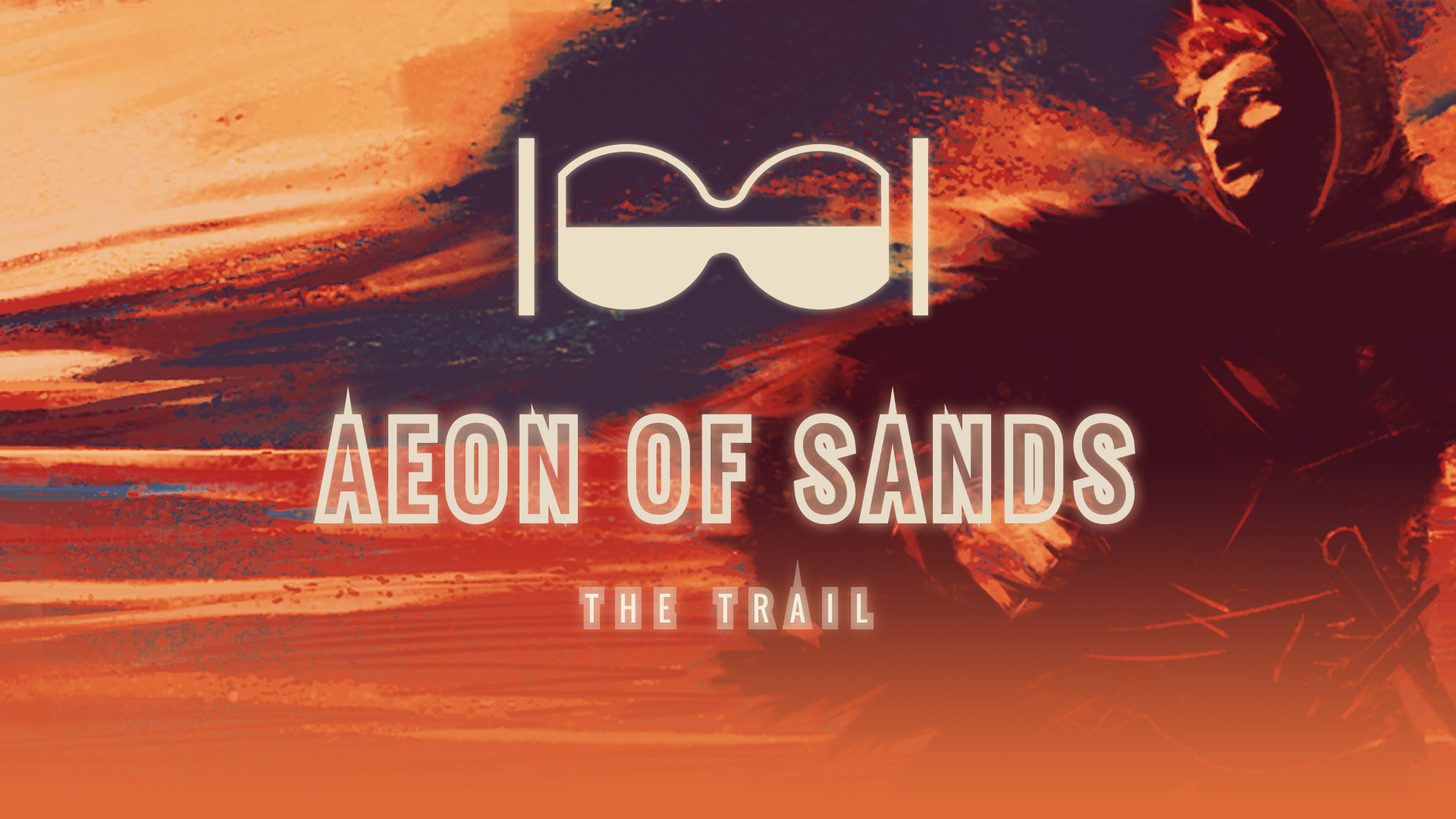
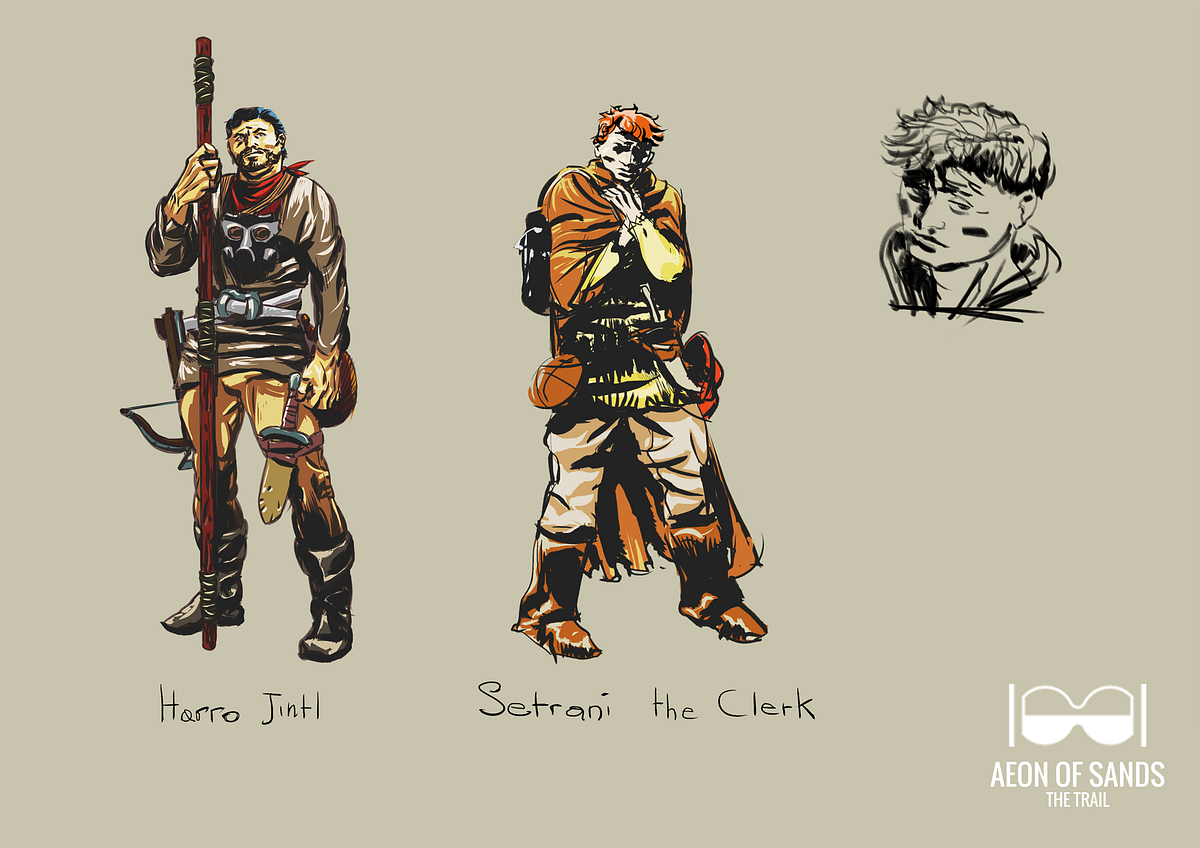
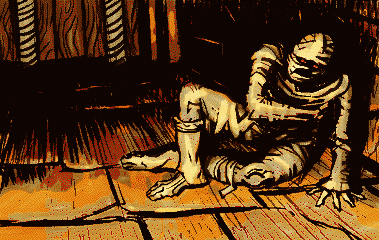
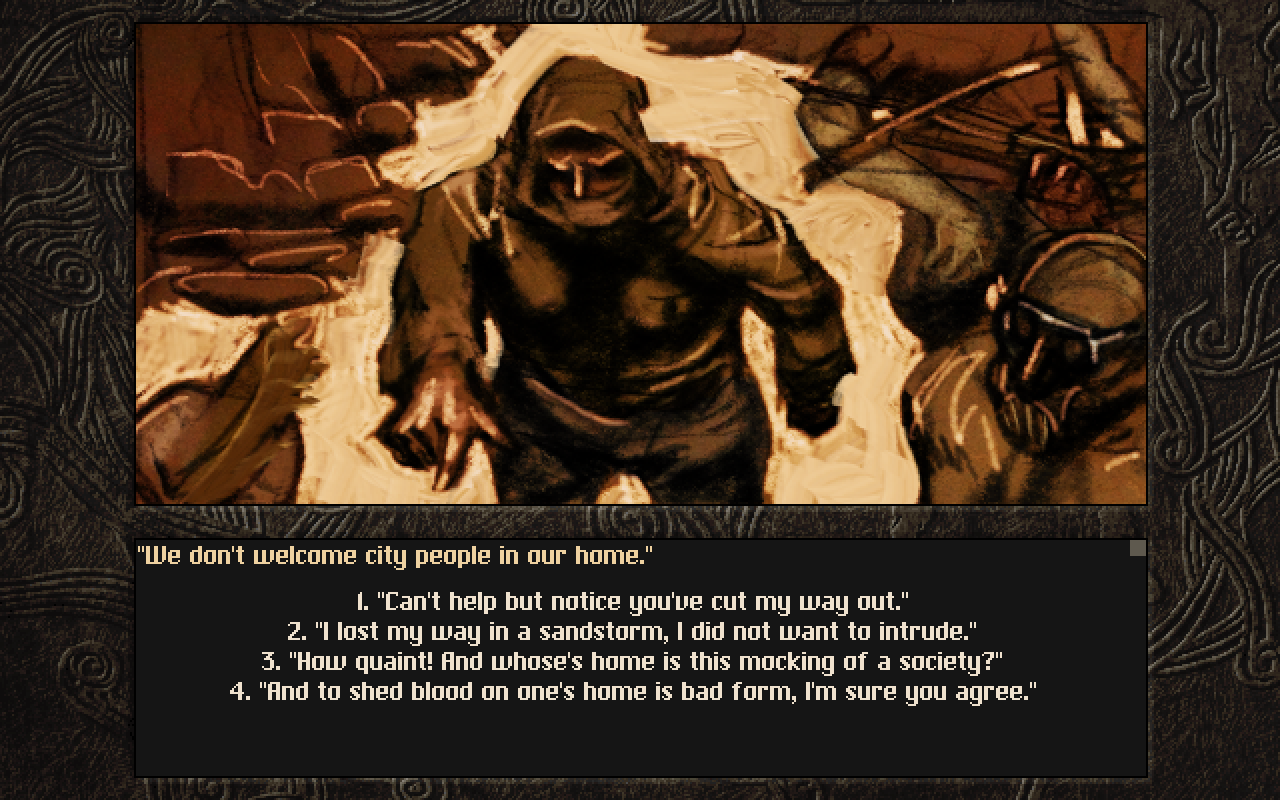
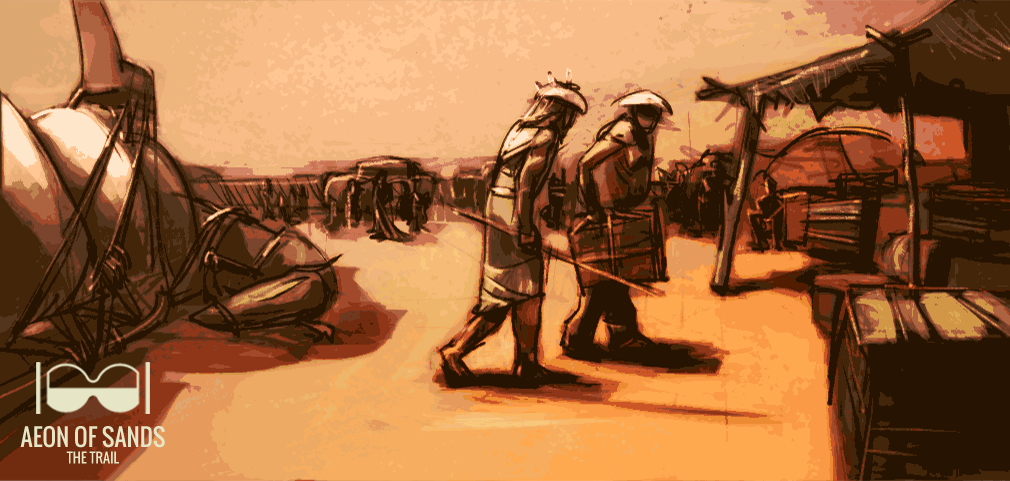
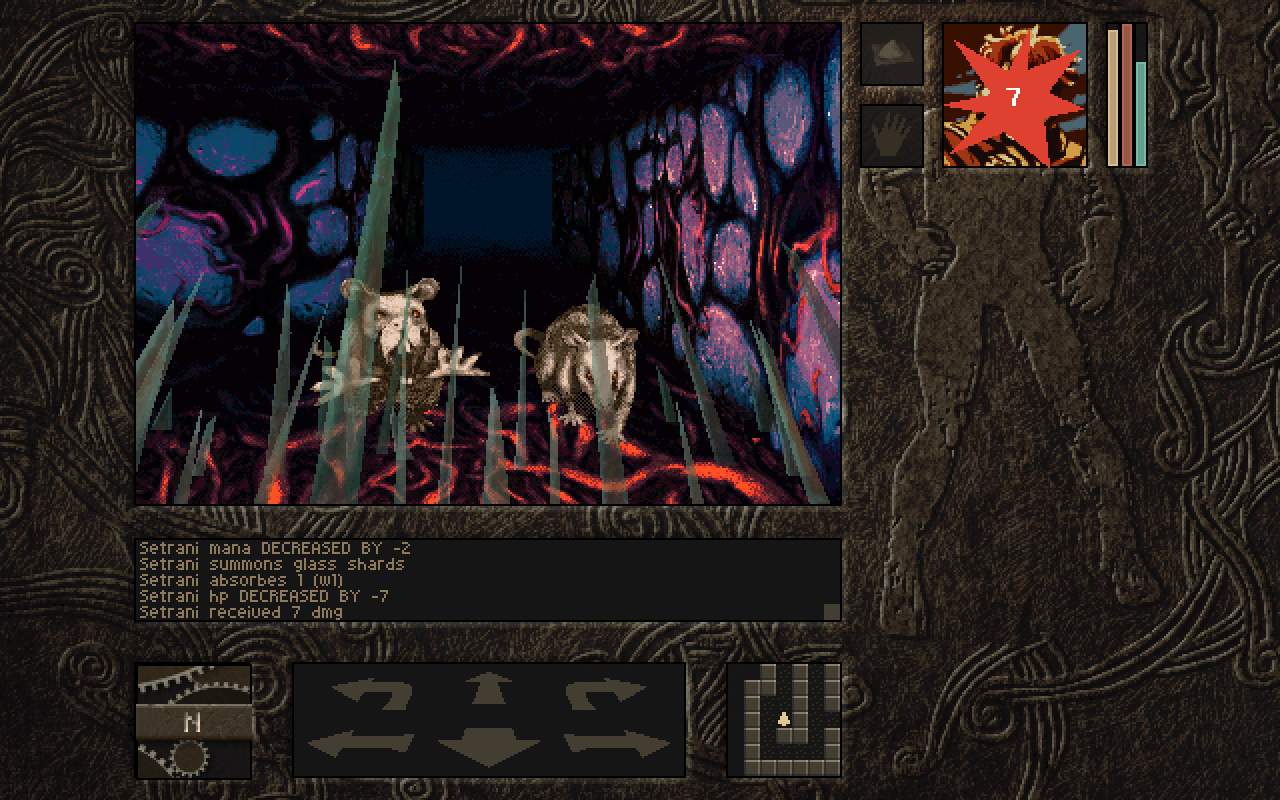
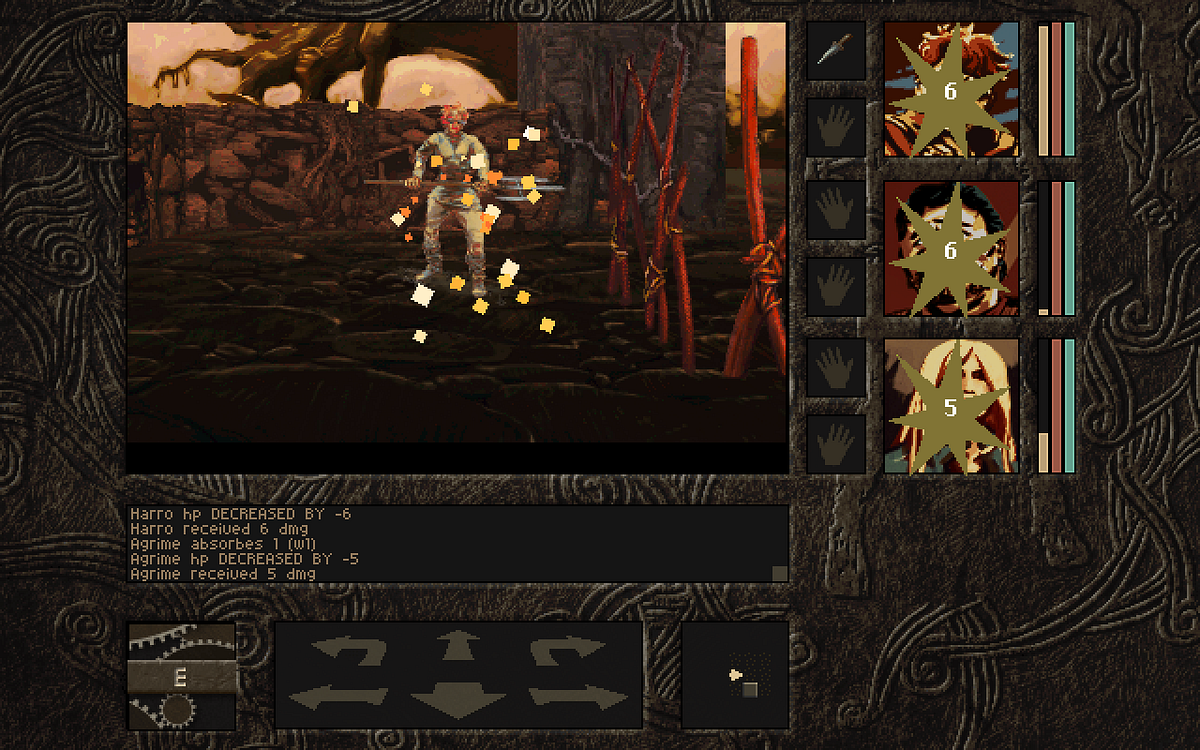
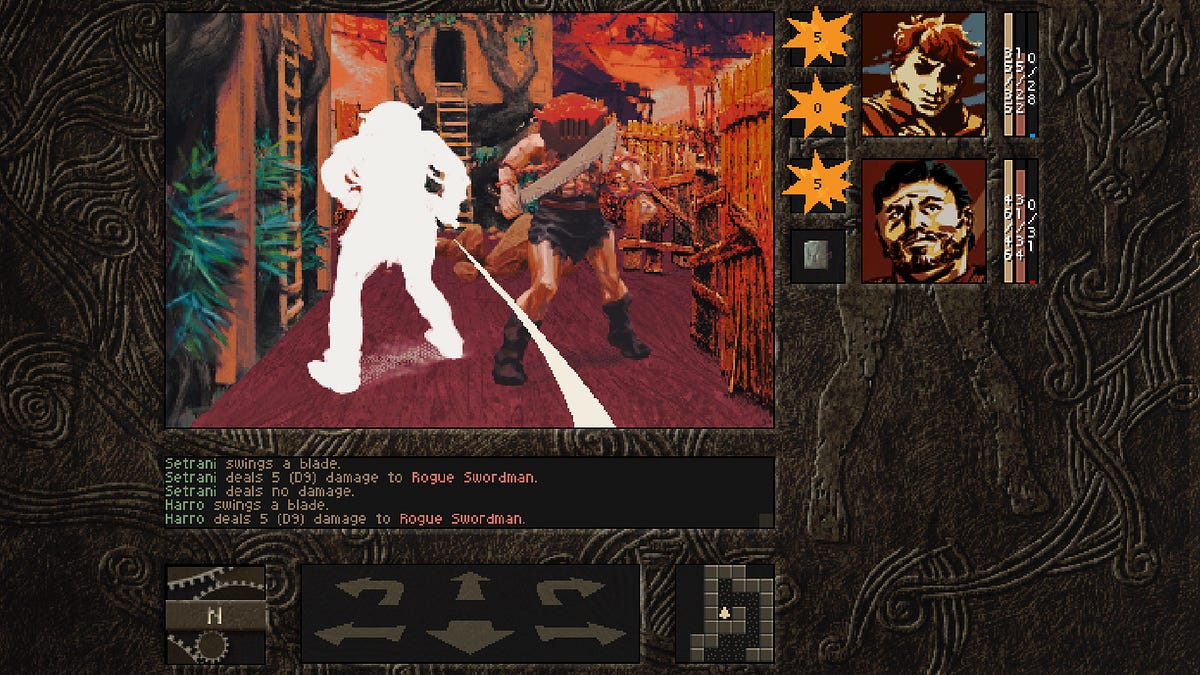
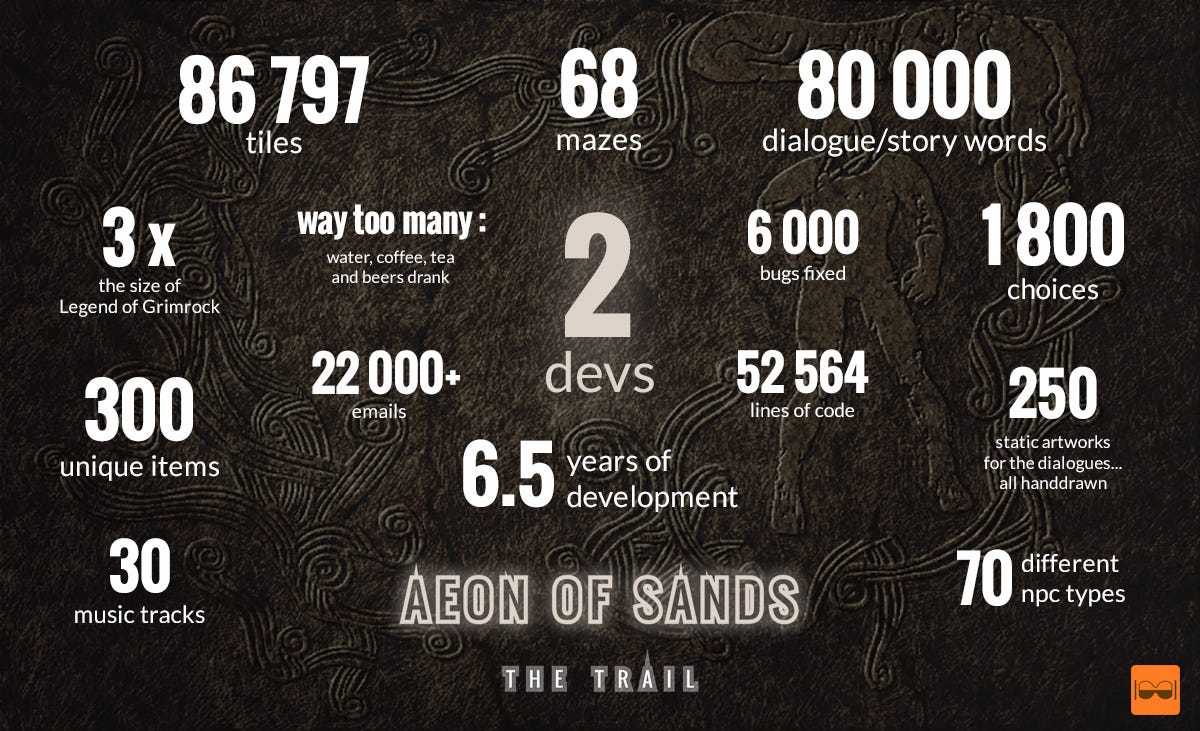
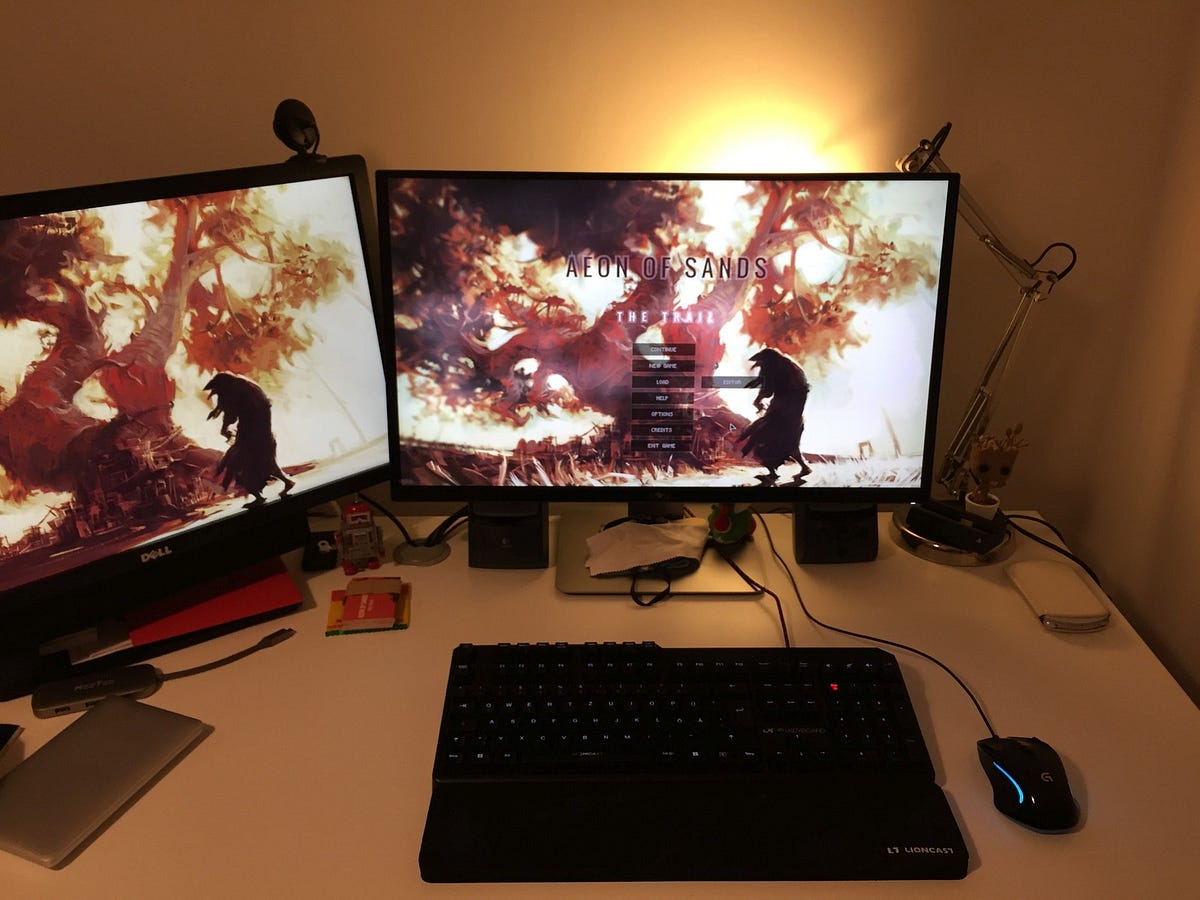


![Glory to Codexia! [2012] Codex 2012](/forums/smiles/campaign_tags/campaign_slushfund2012.png)







